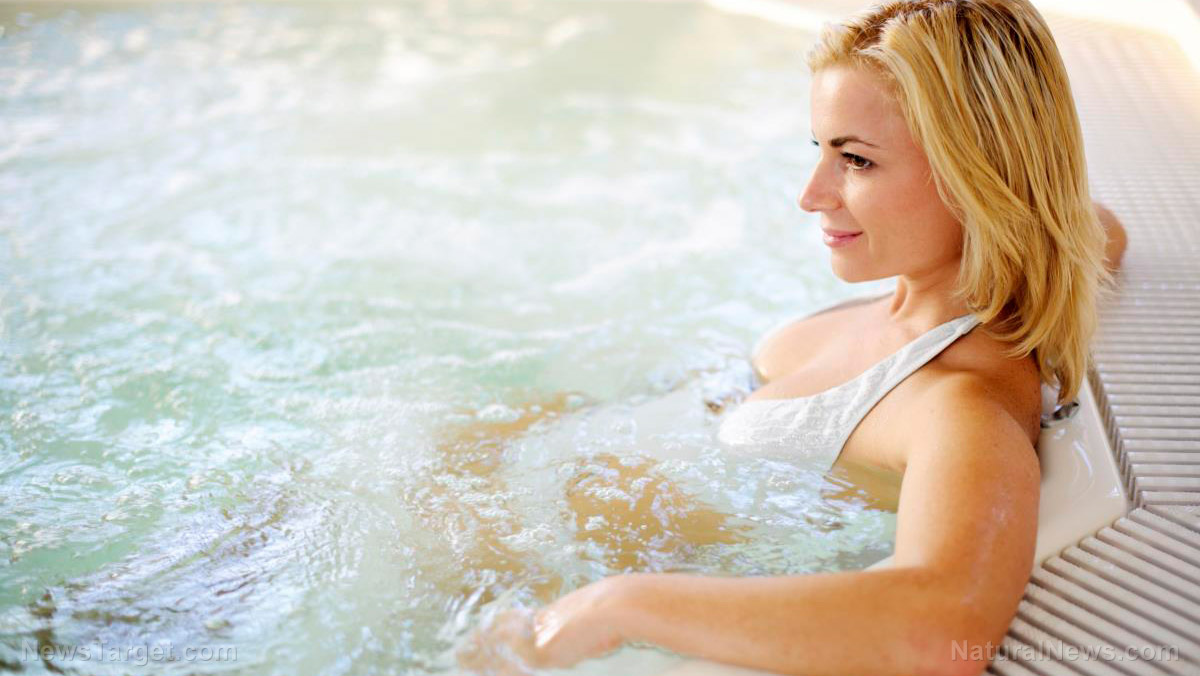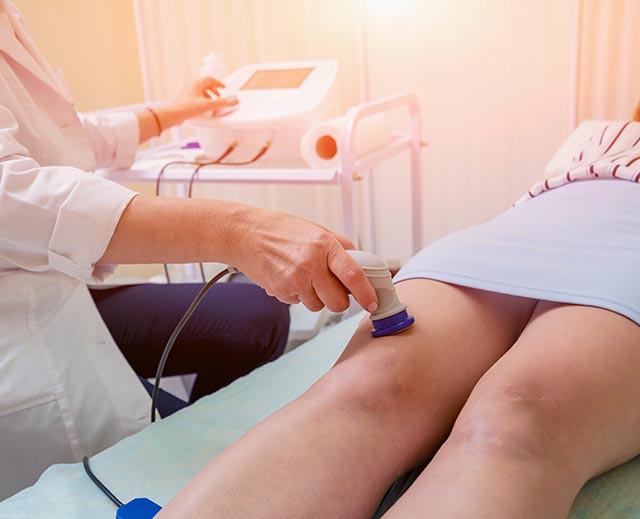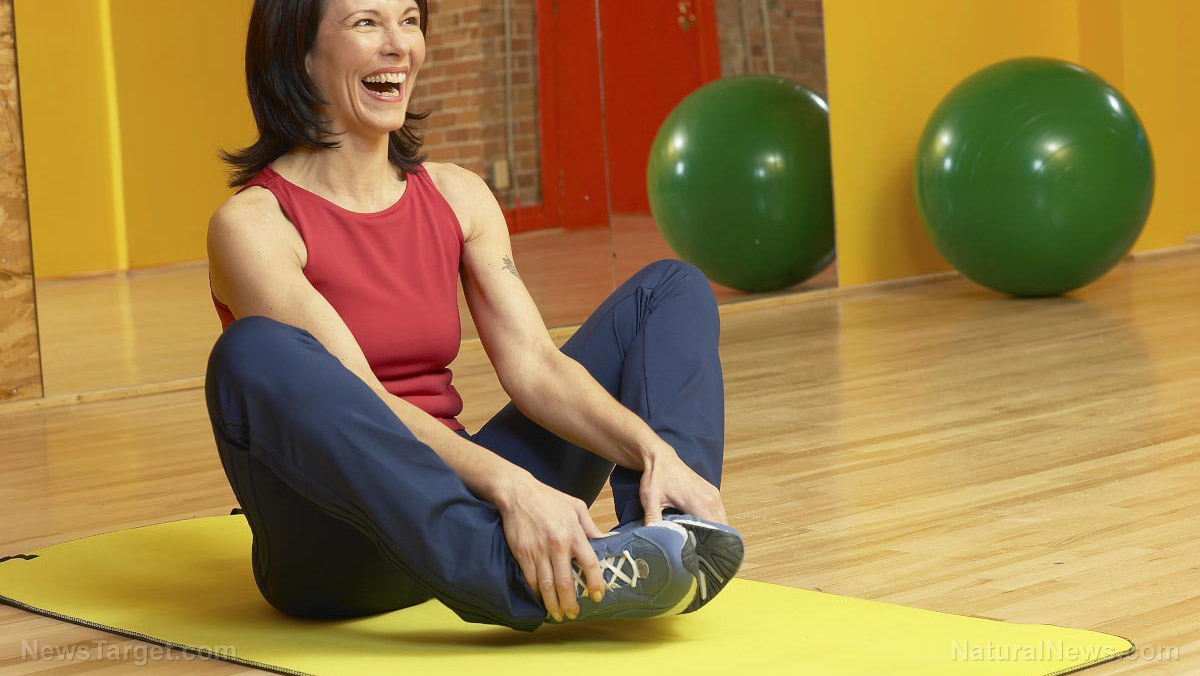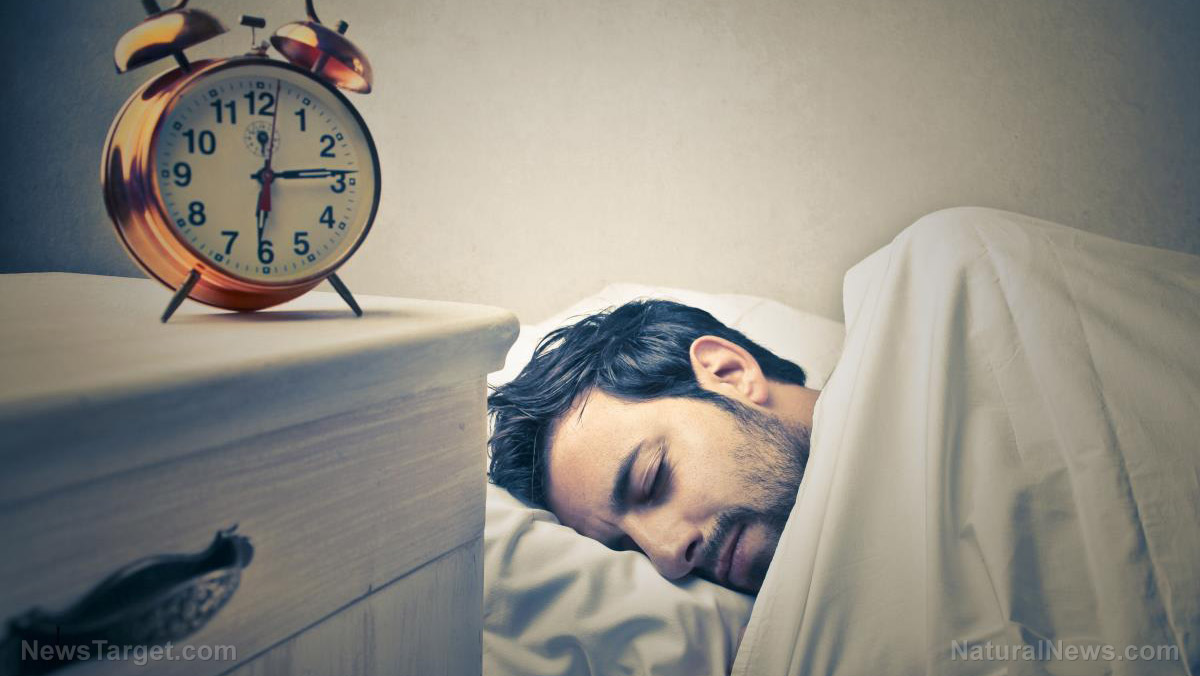Do you sleep with your contact lenses on? Doing so increases your risk of an infection, says the CDC
11/08/2018 / By Edsel Cook

You should never be too sleepy, tired, or in a hurry to remove your contact lenses before catching a wink. The Centers for Disease Control and Prevention (CDC) has just warned that people who sleep while wearing their lenses run the risk of developing infections in their eyes, an article in Live Science stated.
One out of every three contact lens users will readily admit to taking a nap or sleeping without ditching their lenses. Both adolescents and adults are prone to this behavior. In its Morbidity and Mortality Weekly Report, the CDC calls this one of the most dangerous yet widespread bad habits of people wearing contact lenses. That’s because sleeping in contact lenses increases the chances of developing serious infections in the cornea by 600 to 800 percent.
People who wear contact lenses are more prone to a group of eye diseases called microbial keratitis. These infections develop from pathogenic microorganisms that affect the cornea. To stress the potential danger of sleeping in lenses, the CDC report covered several serious cases of microbial keratitis involving contact lenses users. These patients ended up with permanently damaged corneas and loss of vision. (Related: The dangers of blue light from digital devices: It can harm your eye health.)
Sleeping in your soft contact lenses can cause your eyes to get infected
The first case involved a man who not only wore his contact lenses while sleeping but also kept wearing them while swimming. After complaining about blurriness and redness in his left eye, he was treated for bacterial and fungal microbial keratitis. His stubborn eye infection turned out to be Acanthamoeba keratitis, a very uncommon amoebic disease. A new treatment resolved the infection, but the man suffered a partial loss of vision.
The second example concerned a teenager who used over-the-counter soft contact lenses. Her right cornea got infected by Pseudomonas aeruginosa bacteria, resulting in an ulcer. Although medicinal eye drops eventually eliminated the infection, the ulcer permanently damaged her cornea.
The third patient was a man who wore his soft contact lenses overnight during a prolonged hunting trip. As he tended his eyes in the shower, he was surprised by a popping sound before his left eye began to hurt. Similar to the second patient, the hunter developed a sizable perforated ulcer in his left cornea. He ended up requiring a corneal transplant to restore some of his vision and a separate cataract surgery to improve it.
Take off your contact lenses to protect your corneas
The CDC report noted that typical cases of contact lenses-related microbial keratitis are much less severe than the cases that were mentioned. They were chosen to stress the worst-case scenario that could happen to a careless contact lens user. The study strongly suggested avoiding even a single instance of sleeping without removing your contact lenses. Just because you have gotten away with it in past occasions does not mean your luck will hold out all the time.
This warning also applies to lenses cleared by the Food and Drug Administration (FDA) as safe for overnight use. These seemingly convenient lenses are designated “class 3 medical devices” by experts. Such devices pose the worst risk to the user if they are improperly used. As a point of comparison, implantable pacemakers – including the ones powered by nuclear batteries – are also class 3 medical devices.
To protect the eyes from microbial keratitis and other infections, contact lens users are advised to take their lenses off before sleeping and swimming. They should also replace the devices and their storage cases on a regular basis.
Do you want to find out how to protect your eyes from infection? Cures.news may have a natural remedy for you.
Sources include:
Tagged Under: bad habits, contact lenses, cornea, eye drops, eye health, eye infections, microbial keratitis, misused contact lens, sleeping in contact lenses


















